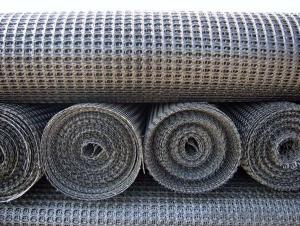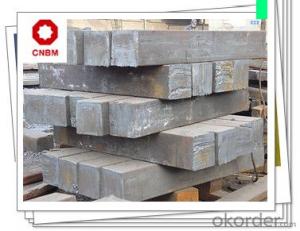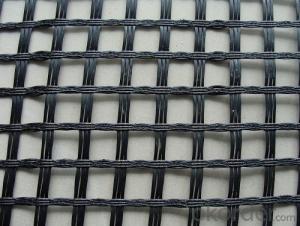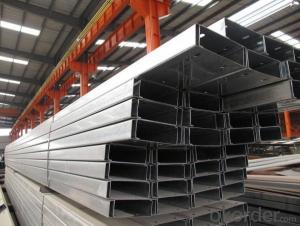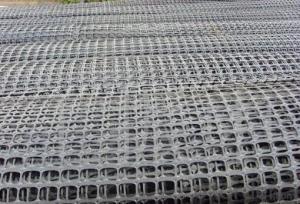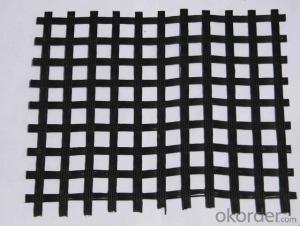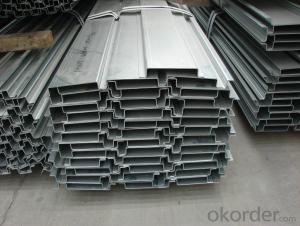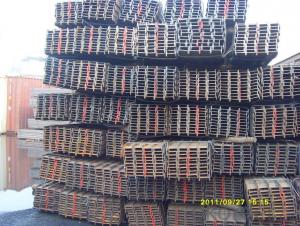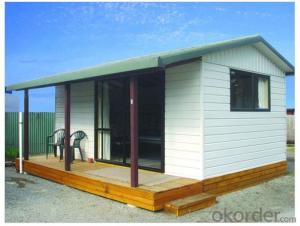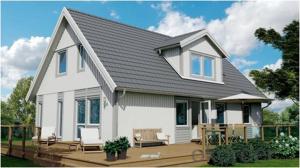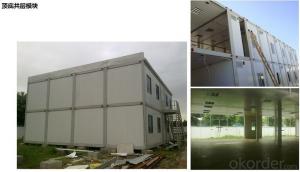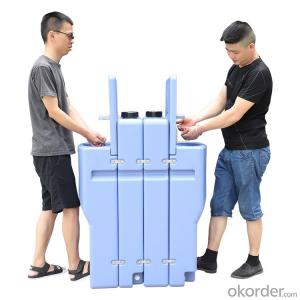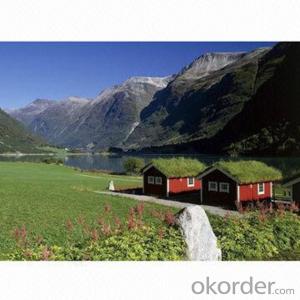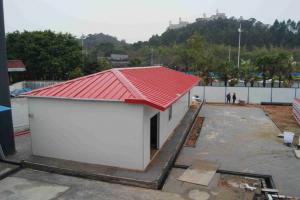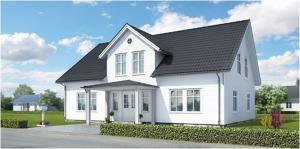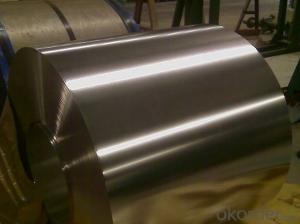Structural Geogrid
Structural Geogrid Related Searches
Fridge With Freezer On Bottom Driveway Pillars With Lights Blu Ray Player With Recorder Blu Ray Player With Internet Geogrid In Retaining Walls 1708 Biaxial Fiberglass Tape Pullout Resistance Of Geogrid Geogrid Warp Knitting Machine Srw 3 Series Geogrid Biaxial Plastic GeogridHot Searches
Fiberglass Scaffolding For Sale Fiberglass Panels For Sale Fiberglass Greenhouses For Sale Geogrid Fabric For Sale Gas Powered Core Aerator For Sale Revolution 4 Propeller For Sale Alabaster Carving Stone For Sale Geogrid For Sale Near Me Tensar Geogrid For Sale Geogrid For Sale Ex Display Log Cabins For Sale Photoelectric Cells For Sale Athletic Lockers For Sale Cubicle Partitions For Sale Stearman Propeller For Sale Palram Greenhouses For Sale Gumbo Bowls For Sale Suzuki Propellers For Sale Freight Crates For Sale Outhouse Sheds For SaleStructural Geogrid Supplier & Manufacturer from China
Okorder.com is a professional Structural Geogrid supplier & manufacturer, offers integrated one-stop services including real-time quoting and online cargo tracking. We are funded by CNBM Group, a Fortune 500 enterprise and the largest Structural Geogrid firm in China.Hot Products
FAQ
- Container houses have the potential to incorporate a covered patio or outdoor kitchen. Due to their high level of customizability, container houses can easily be tailored to meet specific requirements, making the addition of a covered patio or outdoor kitchen entirely feasible. By eliminating sections of the container walls and introducing a roof structure, the containers can be altered to include a covered outdoor space, such as a patio, ensuring protection from the elements. Furthermore, with the installation of countertops, a sink, a grill, and other essential appliances, containers can be transformed into an outdoor kitchen. The design possibilities for container houses are limitless, and by making the appropriate modifications, a covered patio or outdoor kitchen can be seamlessly integrated into the overall structure.
- Yes, container houses are suitable for areas with limited access to transportation. Container houses can be easily transported and assembled in remote locations, avoiding the need for extensive transportation infrastructure. Additionally, the compact and modular nature of container houses makes them adaptable to various terrains and can be easily transported by trucks, ships, or even helicopters if necessary.
- Recreational or sports facilities can be well-suited for container houses. These structures possess numerous advantages that make them an appealing choice for this purpose. To begin with, container houses are incredibly versatile and easily customizable. They can be modified to meet specific requirements, enabling them to be transformed into gyms, swimming pools, yoga studios, or even sports team clubhouses. In addition, container houses are cost-effective in comparison to traditional construction methods. By utilizing repurposed shipping containers, the cost of materials is significantly reduced, making it a more affordable option. This cost-efficiency allows for more resources to be allocated towards equipment, maintenance, and other crucial aspects of the facility. Moreover, container houses are highly durable and capable of withstanding harsh weather conditions. Their steel structure provides stability and longevity, making them suitable for outdoor recreational or sports facilities. Furthermore, container houses can be easily transported and relocated, providing flexibility in terms of the facility's location. Lastly, container houses contribute to eco-friendliness. Repurposing shipping containers aids in waste reduction and material recycling, aligning with the construction industry's growing focus on sustainability. Although some modifications and customization may be necessary to cater specifically to recreational or sports needs, container houses offer a practical, cost-effective, durable, and eco-friendly solution for creating such facilities. Therefore, they are undoubtedly suitable options for recreational or sports facilities.
- What are the disadvantages of the container house?
- 1, the main reason is the high price of land, you buy a house box, then you have to consider you put the container to rent the land
- Yes, container houses are suitable for eco-resorts or eco-villages. Container houses are a sustainable and cost-effective option as they repurpose shipping containers, reducing waste and minimizing the need for new materials. They can be designed to incorporate eco-friendly features such as solar panels, rainwater harvesting systems, and energy-efficient insulation. Container houses also offer flexibility in terms of layout and can be easily transported, making them ideal for eco-resorts or eco-villages that prioritize sustainability and adaptability.
- Yes, container houses can be built with a rooftop deck or rooftop garden. The sturdy structure of shipping containers allows for the addition of a rooftop deck or garden, providing an outdoor space for relaxation, gardening, or entertainment. With proper planning and reinforcement, container houses can support the weight and structural requirements of a rooftop deck or garden.
- Yes, container houses can definitely be designed with a minimalist aesthetic. The clean lines, simple forms, and functional design elements of container homes align perfectly with the principles of minimalism. By embracing a less-is-more approach, incorporating neutral colors, maximizing natural light, and utilizing efficient storage solutions, container houses can achieve a minimalist look and feel while still being practical and sustainable.
- Yes, container houses can be designed with natural ventilation systems. In fact, natural ventilation is often a preferred method of cooling and ventilating container houses due to its sustainability and cost-effectiveness. There are several ways to incorporate natural ventilation into container house design. Firstly, by strategically placing windows and doors in different locations, designers can take advantage of prevailing winds to create cross-ventilation. This allows for the circulation of fresh air throughout the house, reducing the need for mechanical cooling systems. Additionally, adjustable louvers or vents can be installed in walls or roofs to control the amount and direction of airflow. Furthermore, the orientation of the container house can also play a role in natural ventilation. By aligning the long side of the container with the prevailing wind direction, the house can maximize the intake of fresh air. Additionally, incorporating features such as roof overhangs or shading devices can help prevent direct sunlight from entering the house, reducing heat gain and improving comfort. Lastly, natural ventilation can be enhanced by utilizing passive cooling techniques such as thermal mass, which involves using materials with high heat capacity (such as concrete or stone) to absorb and release heat slowly. This helps regulate indoor temperatures and can be combined with natural ventilation strategies to enhance overall comfort. Overall, container houses can indeed be designed with natural ventilation systems. By incorporating various design elements and strategies, container houses can achieve efficient and sustainable ventilation, providing comfortable living spaces while reducing energy consumption.
















